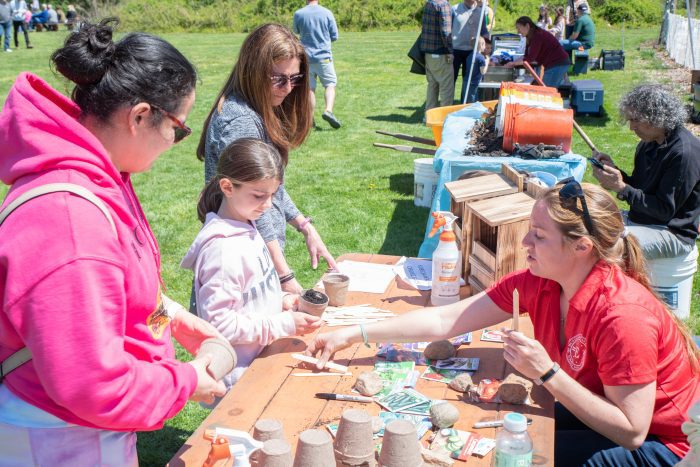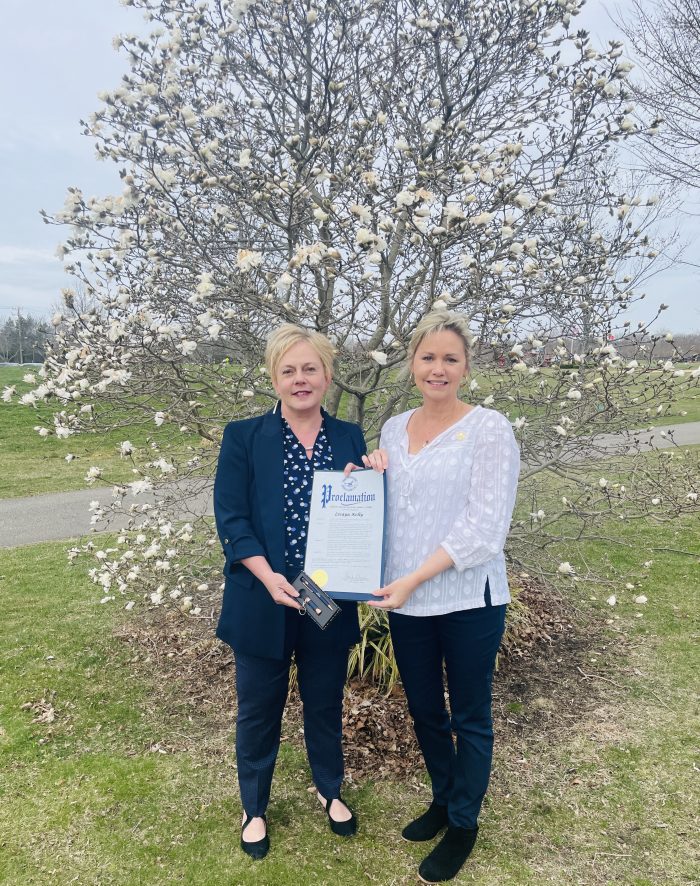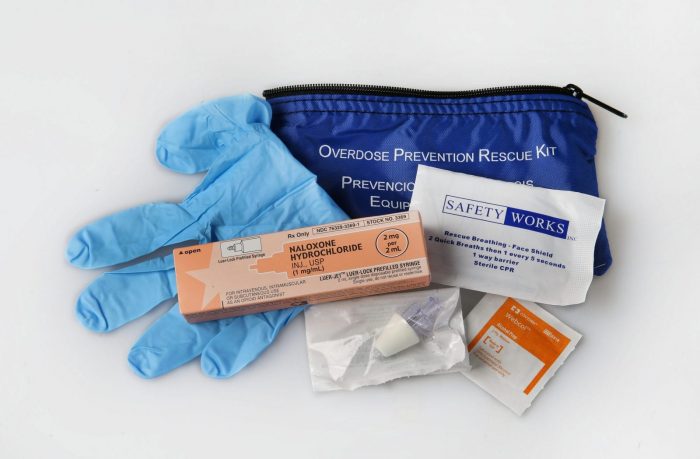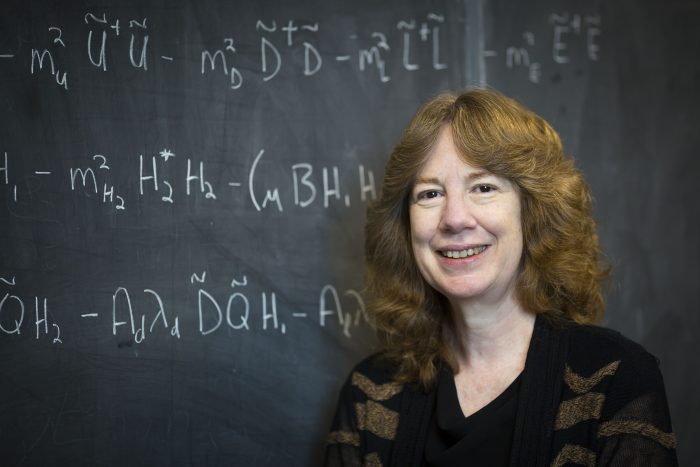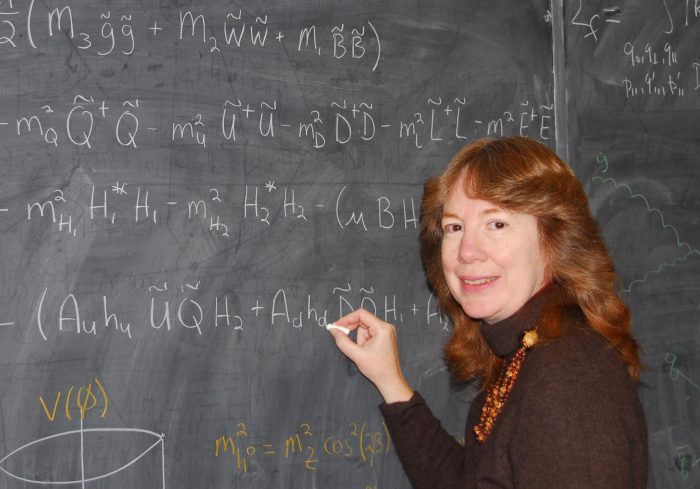Whether you choose to participate in a beach cleanup, bird walk or a fun festival, there are plenty of ways to show your love for the planet this weekend for Earth Day..
Huntington
Family Earth Day Celebration
Join the Town of Huntington for a family-friendly Earth Day celebration at Manor Farm Park, 210 Manor Road, Huntington on Saturday, April 22 from 10 a.m. to 2 p.m. with arts and crafts, a beekeeping demonstration, e-waste disposal, composting info, paper shredding, an electric vehicle display, food, music, and free activities. For more information, call 631-351-3173.
Kings Park
Earth Day Drop-In
Stop by the Sunken Meadow Nature Center, Sunken Meadow Parkway, Kings Park any time on April 23 between noon and 2 p.m. to celebrate Earth Day! Learn a bit about Earth Day and make a fun craft to take home! All are welcome. No reservations required. Free. Questions? Call 631-269-4333.
Port Jefferson
Earth Day at the Explorium
Join the Long Island Explorium, 101 E. Broadway, Port Jefferson and the Brookhaven Town NAACP for a special Earth Day presentation on April 22 from 10 a.m. to noon. The Atlantic Marine Conservation Society will be on hand to provide a talk about local marine life and conservation efforts and then lead a beach clean-up outside of the Explorium. This event is free and open to the public but pre-registration is strongly encouraged by visiting www.longislandexplorium.org. Call 631-331-3277 for more info.
Port Jefferson Station
Train Car Park Cleaup
The Port Jefferson Station-Terryville Chamber of Commerce hosts an Earth Day Community & Train Car Park Cleanup at the corner of Route 112 and Nesconset Highway, Port Jefferson Station on Saturday, April 22 from 9 to 11 a.m. Grab a pair of gloves and a bag to pitch in. Community service hours given. Call 631-821-1313.
Greenway Trail Clean Up
Three Village Community Trust hosts a cleanup of the Setauket and Port Jefferson Station Greenway Trail on Saturday, April 22 at 9 a.m. Meet up with Friends of the Greenway volunteers at trailhead at Hallock Ave. and Route 112 in Port Jefferson Station. For more info, email [email protected].
Shred Recycle Dispose event
Comsewogue Public Library, 170 Terryville Road, Port Jefferson Station hosts a Shred Recycle Dispose event on Saturday, April 22 from 9 a.m. to 1 p.m. Town of Brookhaven residents may bring paper documents for secure shredding, electronic devices for recycling, and old prescription drugs for safe disposal in the library’s parking lot. Questions? Call 631-928-1212.
Northport
Beach Clean-up
New York Marine hosts a beach clean-up at Crab Meadow Beach, Waterview Street West, Fort Salonga on Sunday, April 23 from 10 a.m. to noon. Come join them in their effort to eradicate marine debris and save wildlife. To participate, register at www.nymarinerescue.org.
Riverhead
Earth Day Cleanup
Help make the Town of Riverhead a cleaner and more beautiful place. Join the Riverhead Litter Committee for a cleanup on Saturday, April 22 from 9 to 11 a.m. in honor of Earth Day. Supplies can be picked up at Town Hall, and volunteers can register for a location to clean. Community service credits are available. Sign up online as an individual or a team by emailing [email protected].
Ronkonkoma
Bird Walk and Trash Cleanup
Join the Four Harbors Audubon Society for a Bird Walk and Trash Cleanup at Lily Pond County Park, Smithtown Blvd., Lake Ronkonkoma on Saturday, April 22 at 8 a.m. in celebration of Earth Day and in memory of Diane Spitz, who spent many years as unofficial caretaker of the Park. Please bring gloves and bags. Email [email protected] to register.
Beach Cleanup at Lake Ronkonkoma
Join the Lake Ronkonkoma Improvement Group for a beach cleanup at Lake Ronkonkoma on Saturday, April 22 at 10 a.m. Meet at Larry’s Landing on Shore Road. Bring pruners,gloves and tools for fence installation. Will be doing some planting, pruning, installing a fence and cleaning shore line. Service hours available.
St. James
Earth Day at Celebrate Park
Join Celebrate St. James for a free Kids Community Earth Day Event at Celebrate Park on Lake Ave. in St. James on April 22 from 11 a.m. to 1 p.m. featuring a garden tour with Paul LI Landscaping, animals from Sweetbriar Nature Center, crafts, henna art, storytelling, plant sale, live music and more. To register, visit www.celebratestjames.org.
Smithtown
Earth Day at Sweetbriar
Sweetbriar Nature Center, 62 Eckernkamp Drive, Smithtown invites the community to an Earth Day is Every Day celebration on April 23 from 1 to 3 p.m. Celebrate the wonders of the natural world and living things that share the planet with us. Children will meet resident animals, enjoy the natural world through their senses, and go on a scavenger hunt to find out some of the things they can do to help the natural world. Come away with a green craft to help reduce your impact on the Earth. Best for families with children over 4 years old. $10 per child, $5 per adults. age of 4. To register, visit www.sweetbriarnc.org. For more info, call 631-979-6344.
Stony Brook
Lee Koppelman Preserve Cleanup
Town of Brookhaven Councilmember Jonathan Kornreich and ‘S’ Section circle of friends invite the community to join them for the 2nd annual Lee Koppelman Preserve Cleanup on Friday, April 21 from 10 a.m. to noon at the entrance to the Preserve at the end of Sage Lane intersecting with Sheppard Lane in Stony Brook. For more information, call 631-451-6963.
Earthstock Festival at SBU
The signature Earthstock Festival returns to Stony Brook University’s West campus, 100 Nicolls Road, Stony Brook on Friday, April 21 from 11 a.m. to 3 p.m. with vendors, presenters and tables from various departments on the SAC Plaza, with the Green Pledge and other speakers taking the main stage at the Mall fountain at noon. Student performances will be held on a second stage by the SAC from 1 pm to 3 pm. The annual Duck Race will take place at 2 pm. Free and open to all. Visit www.stonybrook.edu/earthstock.
Wetlands Legacies
In honor of Earth Day, the Ward Melville Heritage Organization will host a family program, Wetlands Legacies, at the Dr. Erwin Ernst Marine Conservation Center at West Meadow Preserve in Stony Brook on April 22 at 10:30 a.m. Explore the legacy of world-renowned naturalist and ornithologist Dr. Robert Cushman Murphy with interactive hands-on exhibits led by the WMHO’s Youth Corps, a never-before-seen drone video of West Meadow Creek habitats, and guest speakers and experts in the fields of marine biology, ecology and the environment. Tickets are $10 adults, $8 children. To register, call 631-751-2244.

